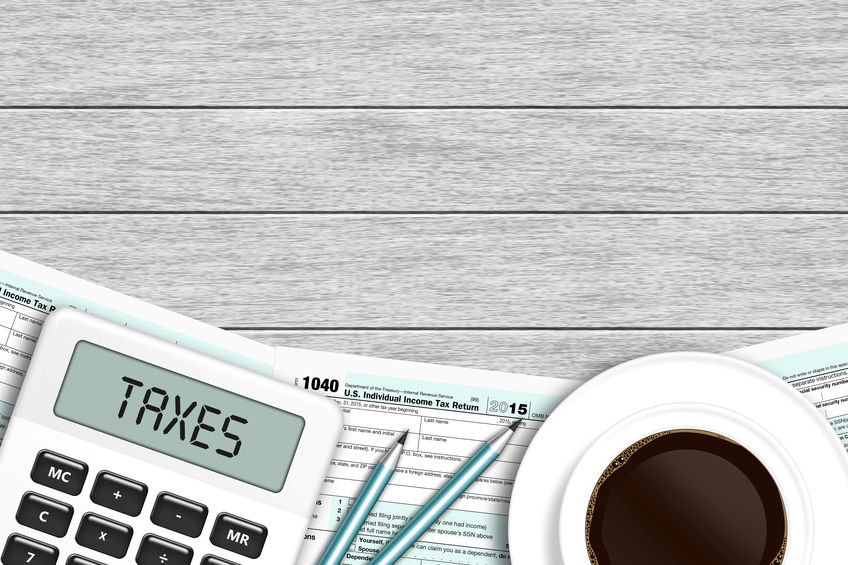By Amanda Mitchell, AFC® Candidate
Congress recently approved the new ‘Lookback Rule’ for taxpayers. This new rule allows taxpayers to use their 2019 or 2020 income to calculate their Earned Income and additional child tax credits. If your income was higher in 2019 and still within the income limits for the Earned Income and Additional Child Tax Credits, you could qualify for a larger refund.
What is the Earned Income Tax Credit (EITC)?
The EITC is a tax credit that helps taxpayers below certain income thresholds reduce the amount of tax they owe. This credit is refundable, which means that it can reduce the amount of tax you owe to $0, and the difference is refunded to you. The amount you receive depends on your income and the number of qualified children you have. What you will need to know to figure out your EITC:
- Your adjusted gross income (AGI)
- Your amount of investment income
- Your filing status
Income Limitations for the 2020 Tax Year
| Number of Children or Other Qualifying Dependents | Maximum AGI for those filing as Single, Head of Household, or Widowed | Maximum AGI for those filing Married Filing Jointly |
| 0 | $15,820 | $21,710 |
| 1 | $41,756 | $47,646 |
| 2 | $47,440 | $53,330 |
| 3 | $50,594 | $56,844 |
For more information about EITC, please visit the IRS website HERE.
What is the Additional Child Tax Credit (ACTC)?
The ACTC is the refundable portion of the Child Tax Credit (CTC). Here is what you need to know:
- The maximum amount of the CTC per qualifying child is $2,000
- The maximum amount of ACTC you can receive (the amount that can be refunded to you) if you owe no tax is $1,400 per qualifying child.
- The maximum amount you can receive of the CTC for qualifying dependents is $500.
- This tax credit is phased out once AGI reaches $400,000 for married filing joint and $200,000 for all other filing statuses.
*Special Note* The amount of refund you receive from ACTC cannot be counted as income when determining if you qualify for assistance such as Temporary Assistance for Needy Families (TANF), Medicaid, and Supplemental Nutrition Assistance Program (SNAP, formerly known as food stamps).
The ‘Lookback Rule” is Not Automatic
It is important to know about this rule because it is not automatic. Whoever does your taxes will have to indicate that you would like to take advantage of the lookback rule. You are your own best advocate so, if someone else is preparing your return, make sure you bring a copy of your 2019 return and mention that you are interested in utilizing the lookback rule.
*If you plan to file your own taxes, you will indicate that you would like to use the ‘Lookback Rule’ on Schedule 8812
How to Save Money on Filing Your Return
There are many different ways for you to file your taxes. You can take advantage of online software, you can hire a professional, or you can use free or low-cost options that you may qualify for. Military members can use MilTax software offered by Military OneSource or receive assistance at a Volunteer Income Tax Assistance (VITA) location. Additionally, there may also be a Tax Center located on your installation that will provide free tax preparation services. Visit your installation’s website for more information.
More information and additional resources for tax filers and organizations can be found here:
